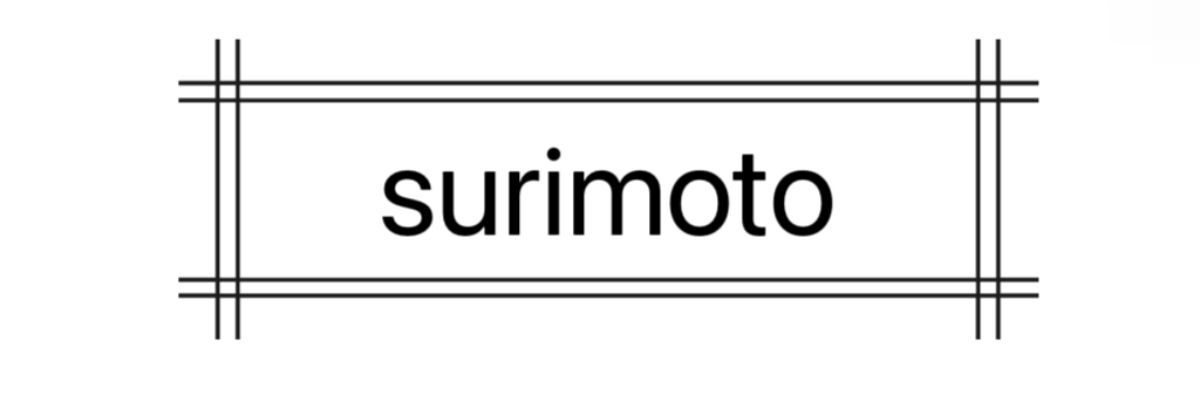Unveiling the Power of ECG and PPG
May. 25, 2024
In today's fast-paced world, technologies such as electrocardiography (ECG) and photoplethysmography (PPG) have become indispensable tools in the realm of healthcare. These technologies play a crucial role in monitoring and diagnosing various cardiac conditions, helping doctors and patients alike gain valuable insights into their cardiac health. In this blog, we will delve into the untapped potential of ECG and PPG, shedding light on how they can unveil the power of cardiac health monitoring and management.
Firstly, let's discuss electrocardiography (ECG), a technology that has been around for decades and has stood the test of time as one of the most reliable methods of monitoring the electrical activity of the heart. With the ability to record the heart's electrical signals, ECG provides valuable information about the heart's rhythm, rate, and overall cardiac health. This information is crucial in diagnosing various cardiac conditions such as arrhythmias, atrial fibrillation, and heart attacks.
The advent of mobile ECG devices has further revolutionized the way we monitor cardiac health. These portable devices allow users to perform ECG tests at home or on the go, providing real-time insights into their heart's electrical activity. This convenience is particularly beneficial for individuals with chronic heart conditions, as they can monitor their heart health regularly without the need for frequent doctor visits.
On the other hand, photoplethysmography (PPG) is a lesser-known technology that is gaining traction in the field of healthcare. PPG measures changes in blood volume in the microvascular bed of tissue, providing insights into blood flow and heart rate. This technology is commonly found in wearable devices such as smartwatches and fitness trackers, where it can continuously monitor heart rate and detect abnormalities in real-time.
Combining ECG and PPG technologies can provide a comprehensive view of cardiac health, allowing doctors to assess both the electrical and circulatory aspects of the heart. This integrated approach can detect subtle changes in heart function that may go unnoticed with either technology alone, leading to earlier detection and intervention in cardiac conditions.
The power of ECG and PPG lies in their ability to provide personalized insights into cardiac health. By analyzing data collected from these technologies, doctors can tailor treatment plans to individual patients, taking into account their unique cardiac profiles. This personalized approach is instrumental in optimizing patient outcomes and reducing the risk of complications.
Furthermore, ECG and PPG technologies are paving the way for remote patient monitoring, enabling patients to receive continuous care from the comfort of their homes. With the rise of telemedicine, doctors can remotely monitor patients' cardiac health through ECG and PPG data, providing timely interventions when needed. This remote monitoring not only improves patient convenience but also enhances the efficiency of healthcare delivery.
In addition to monitoring cardiac health, ECG and PPG technologies are also being leveraged in other applications. For instance, ECG can be used in sports performance monitoring to track athletes' heart rates and detect signs of overexertion. PPG, on the other hand, is used in biometric authentication systems, such as fingerprint scanners, to verify users' identities based on their unique blood flow patterns.
In conclusion, the power of ECG and PPG lies in their ability to unveil the intricacies of cardiac health, providing valuable insights into heart function and facilitating personalized care. These technologies have revolutionized the way we monitor and manage cardiac conditions, offering convenience, accuracy, and efficiency in healthcare delivery. As we continue to unlock the full potential of ECG and PPG, we can look forward to a future where cardiac health monitoring is seamless, proactive, and impactful.
If you are looking for more details, kindly visit ecg ppg smart bracelet , tracker vs smartwatch, glucose monitor smart watch.
326
0
0

Comments
All Comments (0)